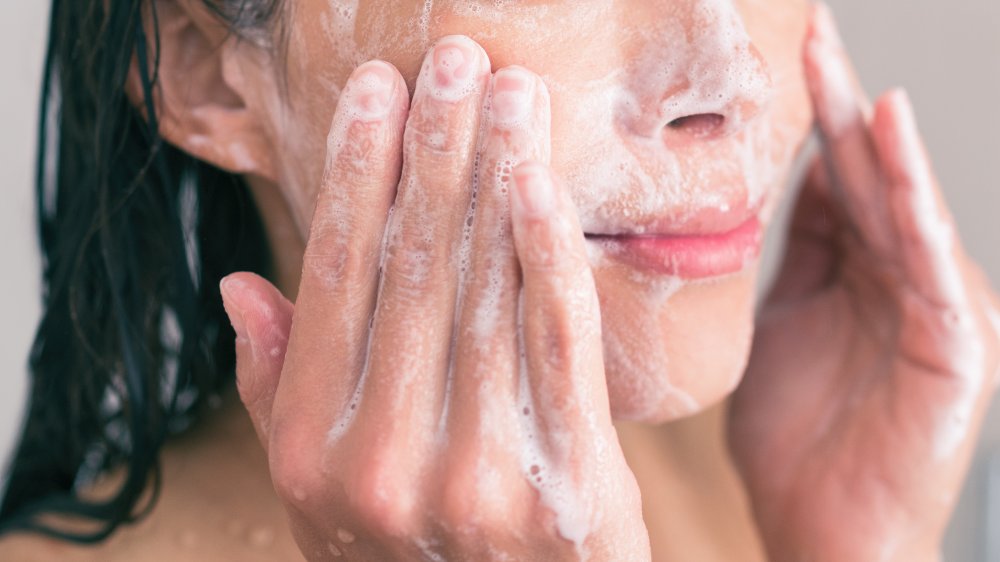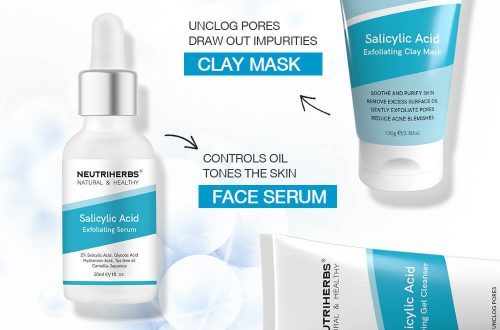
Things to keep in mind when using different Exfoliators
Dead skin cells are removed from the skin’s outer layers during exfoliation. It can help remove dry or dull skin, boost blood flow, and brighten and enhance your skin’s appearance.
There are various exfoliating techniques. Which method you employ and how frequently you exfoliate should be based on your skin type. Exfoliation is usually not advised for several skin problems, such as rosacea. Here are some tips and information to use your exfoliator to its best Skincare.
This is how a chemical peel works
The acidic agents contained in the chemical peel have an exfoliating effect. The higher the concentration of this agent, the more intense its influence. Chemical peels with a concentration of up to ten per cent are suitable for personal use. Peelings with a very high concentration (from 30 per cent) are only used in professional treatments. Although these are very effective and can combat stubborn skin problems, the associated risks are all the higher. If you are interested in such a peeling, it is best to contact a beautician or dermatologist directly.
Alpha Hydroxy Acid (AHA)
OPC younger skin depo
AHA peeling for skin care
Alpha Hydroxy Acids, or AHAs for short, are natural acids and are derived from the following foods:
- lactic acid
- glycolic acid
- citric acid
- malic acid
- mandelic acid
- tartaric acid
AHAs work by gently dissolving what is called intercellular glue. This “glue” holds dead skin cells together. If it detaches, the dead scales can also fall off. Alpha Hydroxy Acids are great for people with dry skin because they help the skin retain moisture. They also lighten pigment spots, conjure a fresh complexion and promote collagen production.
You use an AHA peeling on a dry face and do not wash it off afterwards. A typical feature of chemical peels is that the skin starts to tingle slightly. This is a normal skin reaction. After repeated use, she gets more and more used to the peeling so that the tingling also subsides over time.
Types of Beta Hydroxy Acids (BHA
Trichloroacetic acid and phenol
You will not find these two substances in any commercially available facial scrub. Instead, they are used by experts in professional treatment. Trichloroacetic acid has a medium-deep effect and penetrates the skin about 0.45 millimetres deep. It is the ideal scrub for people who want to reduce fine lines around the mouth and eyes.
Phenol, on the other hand, describes a deep peel, which is perfect for anyone who wants to treat Acne scars, deeper wrinkles or sun damage on the skin. It is very intense and effective but comes with a higher risk of side effects. It is, therefore, essential for these peelings that you pay attention to the appropriate pre- and aftercare. In addition, professional treatment is the be-all and end-all for visible success.
Things to keep in mind when using Mechanical Peel
Applying mechanical peelings is straightforward and suitable for many skin types. However, caution is also required here: Very coarse particles can cause minor injuries to the skin and damage the skin barrier. This makes it more susceptible to germs and increases the risk of breakouts. Under no circumstances should the peeling contain sharp particles such as walnut shells – they can damage the skin enormously.





